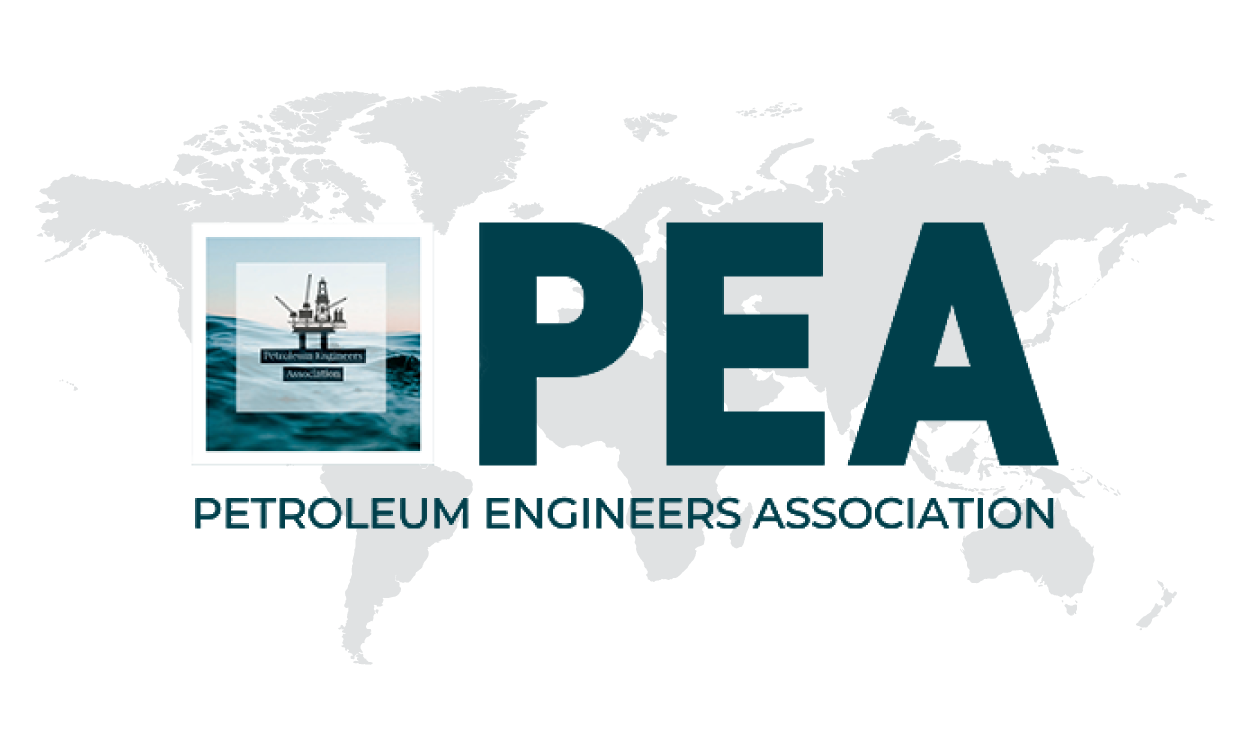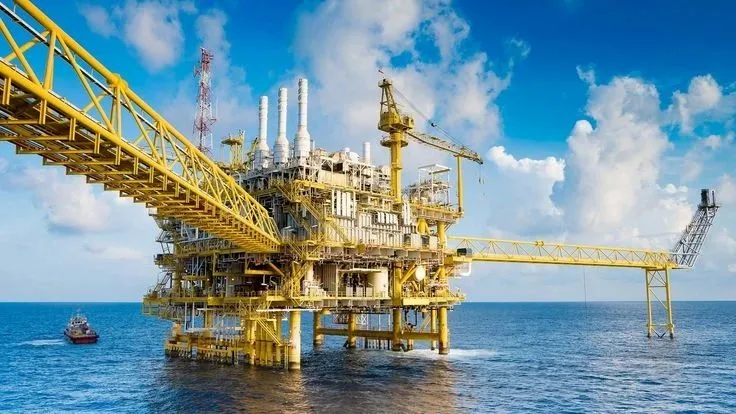Warning: Trying to access array offset on value of type null in /home/u966133840/domains/peassociations.com/public_html/include/partials/webinar-details-section.php on line 10
Warning: Trying to access array offset on value of type null in /home/u966133840/domains/peassociations.com/public_html/include/partials/webinar-details-section.php on line 52
Warning: Trying to access array offset on value of type null in /home/u966133840/domains/peassociations.com/public_html/webinarsdetails/index.php on line 92

Warning: Trying to access array offset on value of type null in /home/u966133840/domains/peassociations.com/public_html/webinarsdetails/index.php on line 286
Date :
Warning: Trying to access array offset on value of type null in /home/u966133840/domains/peassociations.com/public_html/webinarsdetails/index.php on line 287
01/01/1970 -
Warning: Trying to access array offset on value of type null in /home/u966133840/domains/peassociations.com/public_html/webinarsdetails/index.php on line 287
01/01/1970
Time :
Warning: Trying to access array offset on value of type null in /home/u966133840/domains/peassociations.com/public_html/webinarsdetails/index.php on line 289
| Duration :
Warning: Trying to access array offset on value of type null in /home/u966133840/domains/peassociations.com/public_html/webinarsdetails/index.php on line 290





